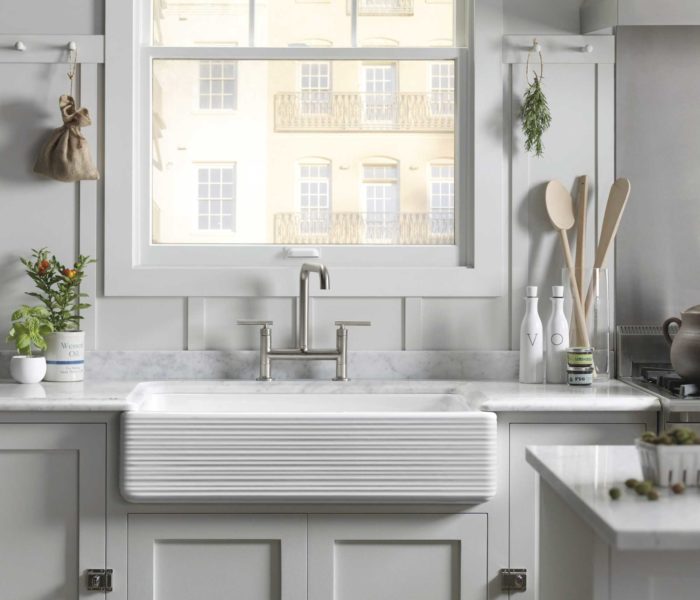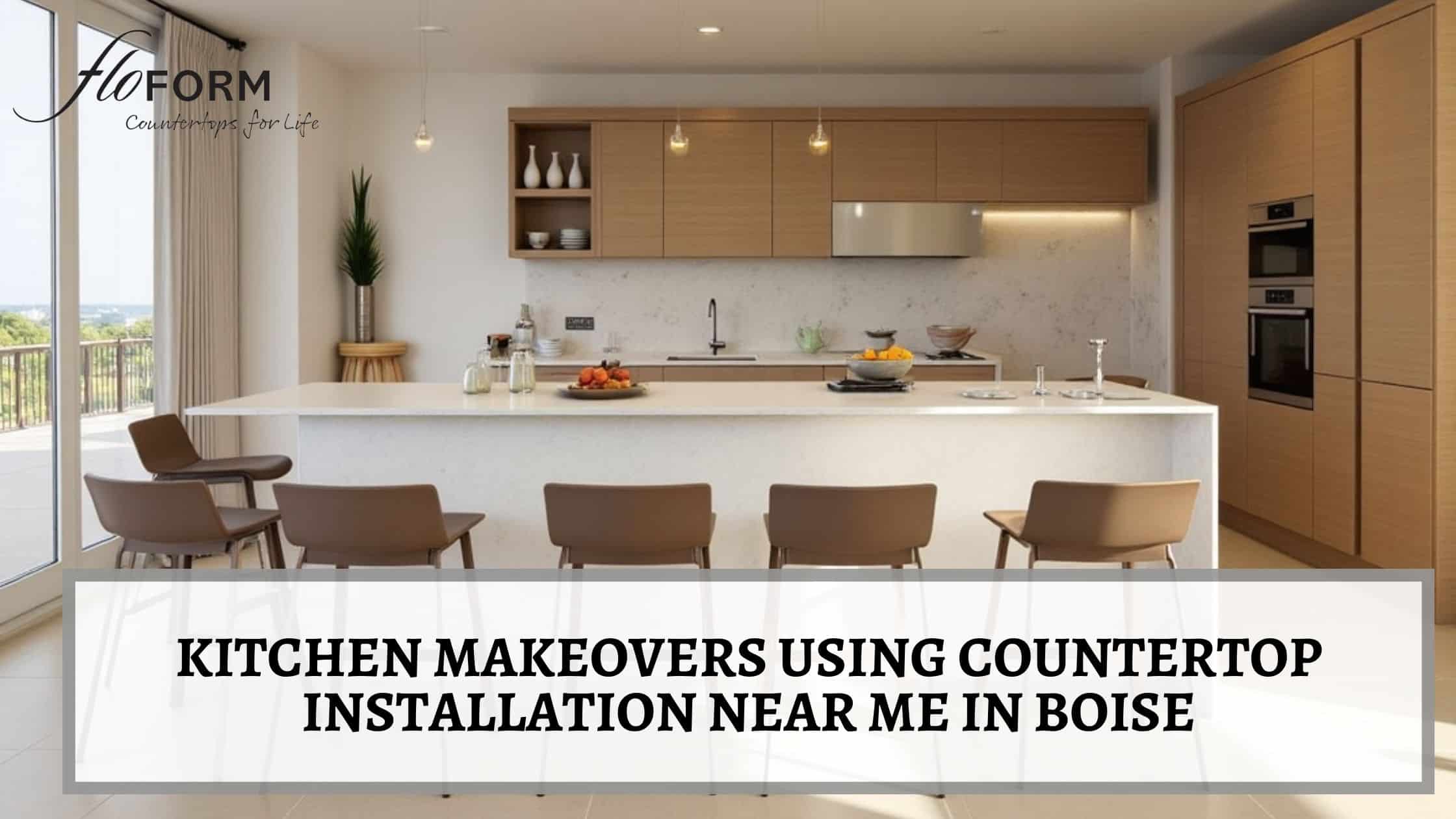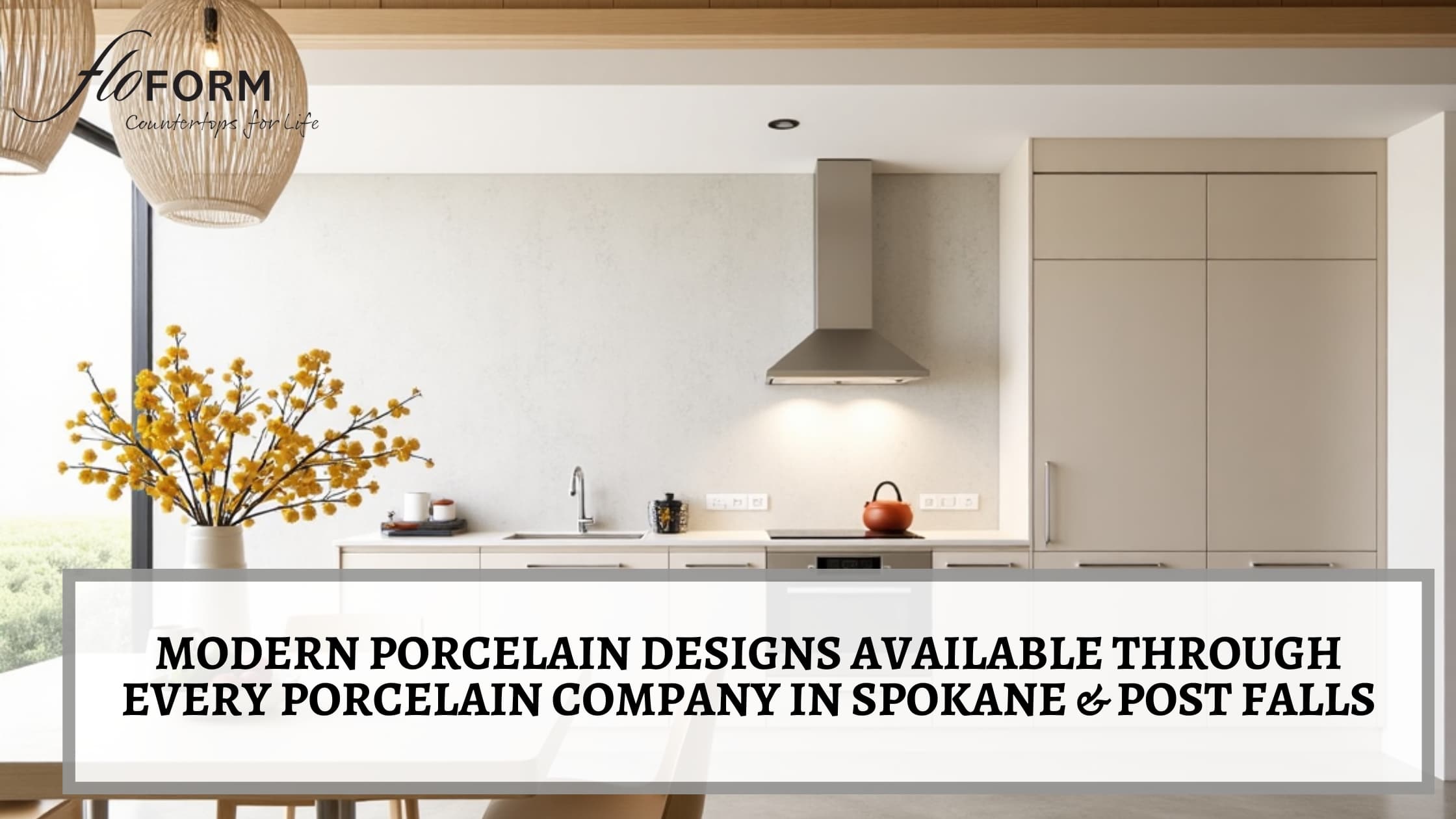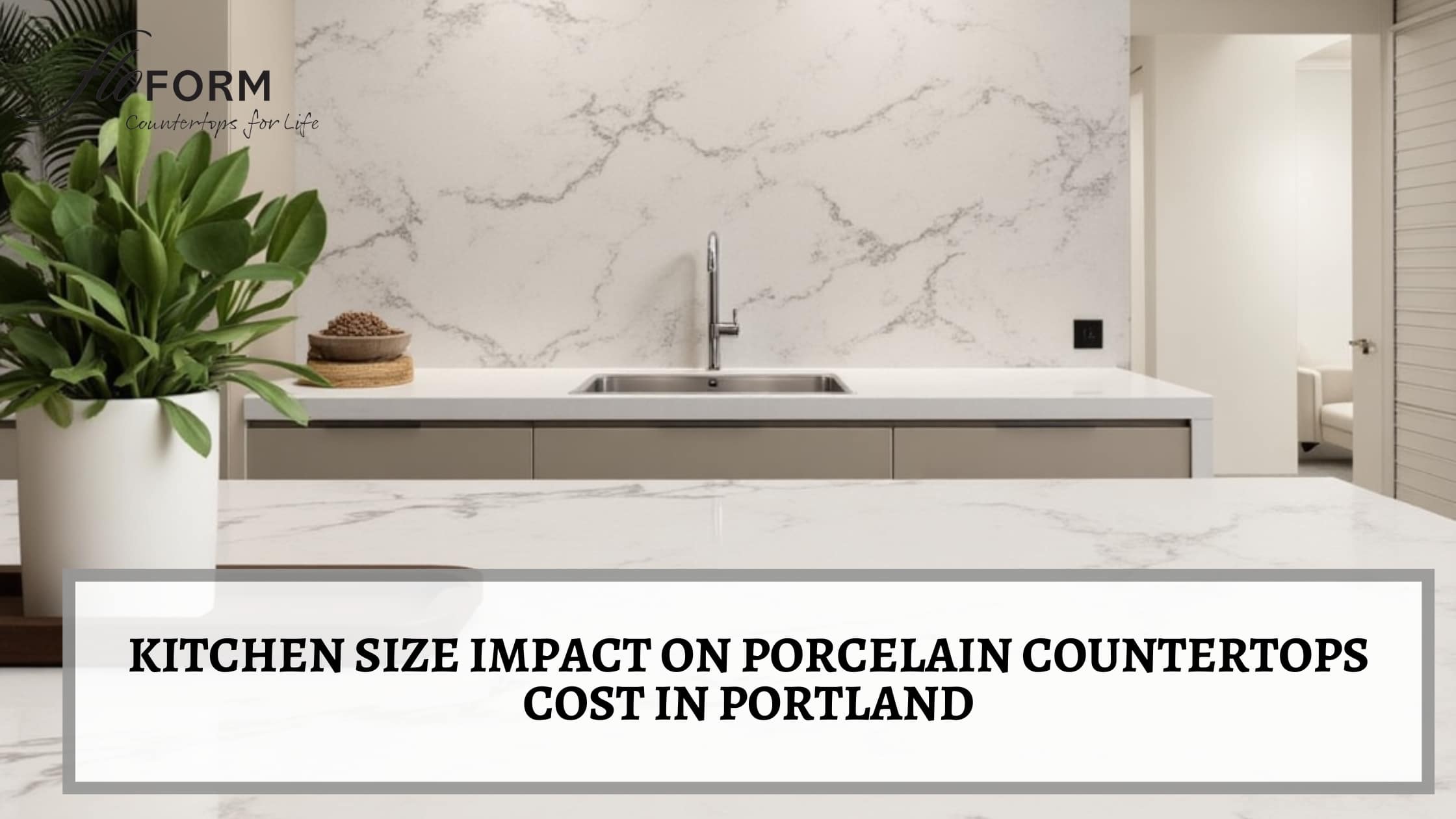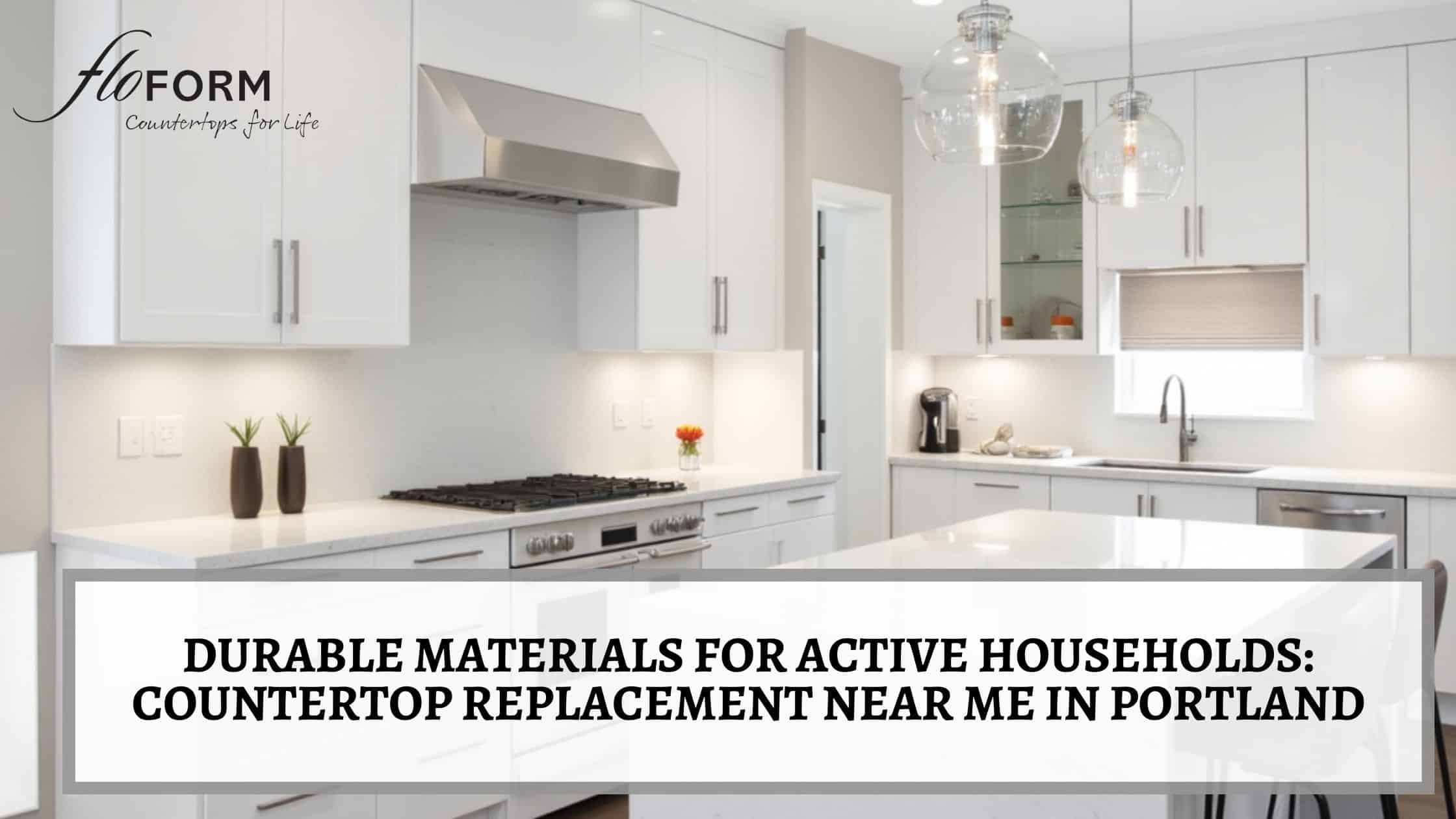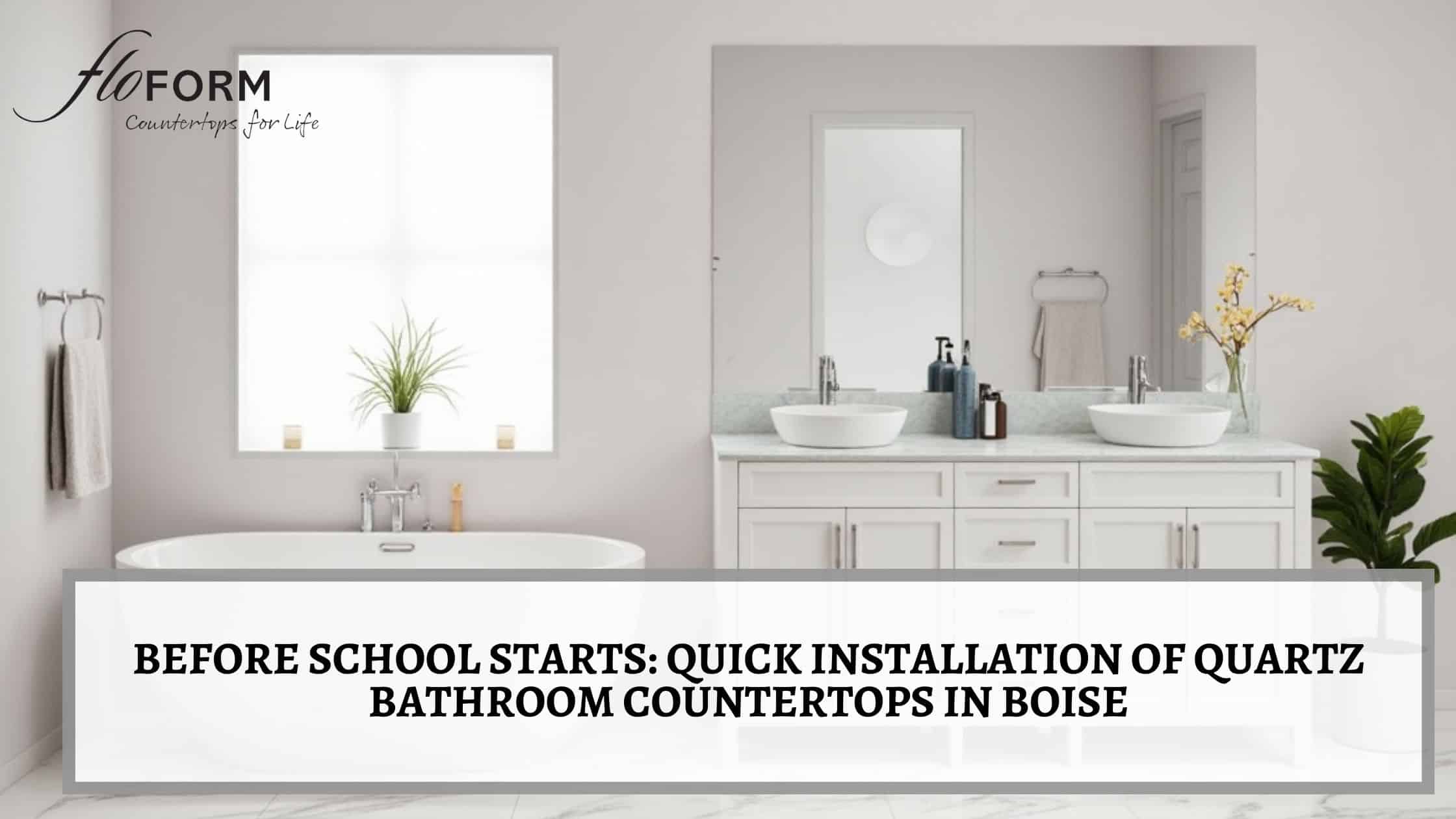Peanut butter and jelly. Milk and cookies. Bacon and eggs. Countertops and sinks.
What features do these pairs share? They are all timeless combinations in which one element enhances
What common characteristics do these pairs share? They all consist of timeless combinations where one element enhances the other.
Our aim is to ensure that you obtain the appropriate supplementary furnishings to enhance your space, taking into consideration all the factors involved in selecting the ideal material and style for your countertop. At the top of the list is your sink!
To help you decide which sink suits your kitchen’s design and complements your surfaces, we have broken down the four key considerations for you to ponder:
First Question: How many bowls do you actually need?
One and two-bowl designs are the most popular choices as they offer sufficient versatility for most situations. Although there are sinks with three bowls available, we will focus on the one and two-bowl options here.
When people think of a kitchen sink, they often envision a two-bowl sink with a stainless steel division in the middle.
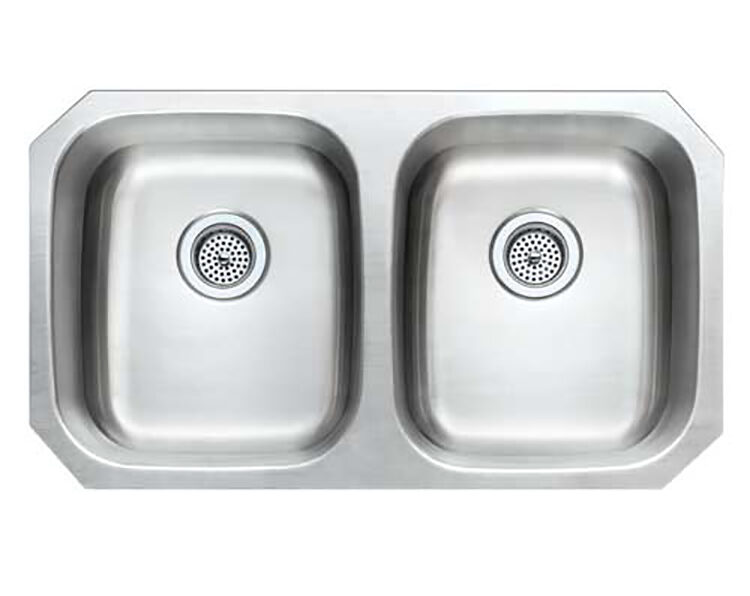
Functional, practical and gets the job done. But there are so many other options these days! Modern design trends have made much larger single-bowl options available.
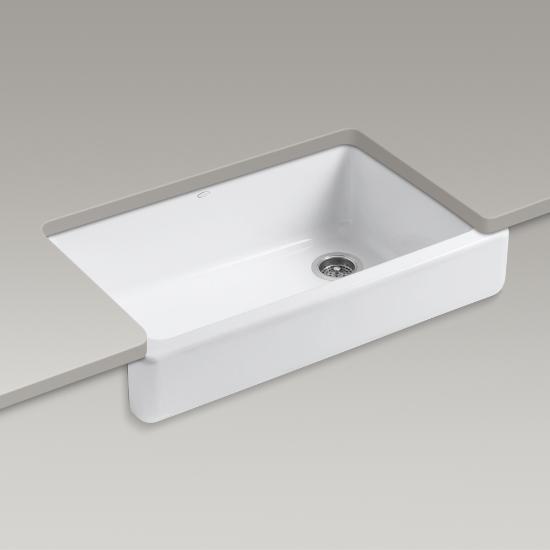
But how do you decide?
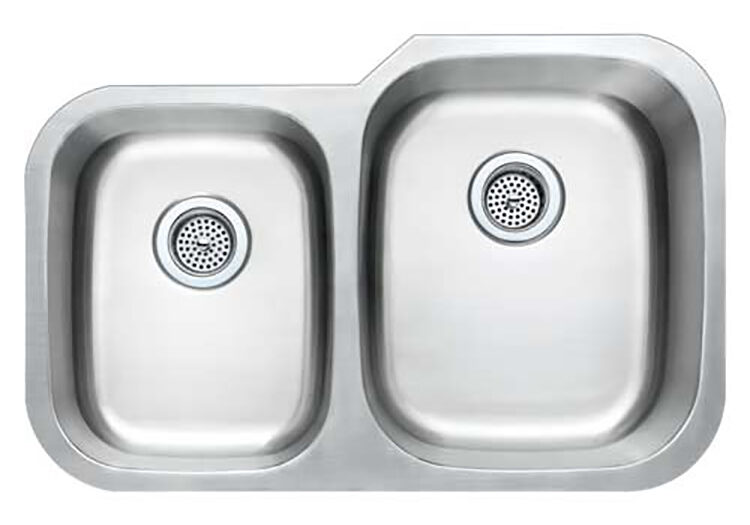
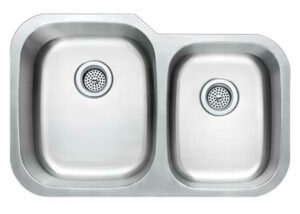
Consider your daily usage of the sink, both on regular days and special occasions. Do you need a separate area for food preparation? Do you require one side for washing and another for drying? What size should accommodate your largest pasta pot or roasting pan? Your decision here depends on how you envision incorporating the sink into your everyday routine.
Second Question: How deep should it be?
No, we’re not referring to limbo.
Apart from the number of bowls, you also need to determine the ideal depth for your sink. The typical range for most kitchens falls between four to twelve inches in depth.
Not sure what you need?
Once again, think about what you usually place in your sink and how you go about it.
Here’s what we know: deeper sinks are effective in preventing splashing and accommodating larger items. However, if you have concerns about accessibility or dislike frequent bending over, a shallower bowl might be more suitable for you.
Third Question: How should you mount it?
Once you have answers to the first two questions, you’ll be equipped with the knowledge to explore different sink installation methods within your countertop.
Generally, there are three ways to mount a sink:
- A top-mount sink has a finished edge that sits directly on top of your new countertops. If you frequently remodel your kitchen, this option might be convenient, but it can also accumulate dirt and grime along the edge.
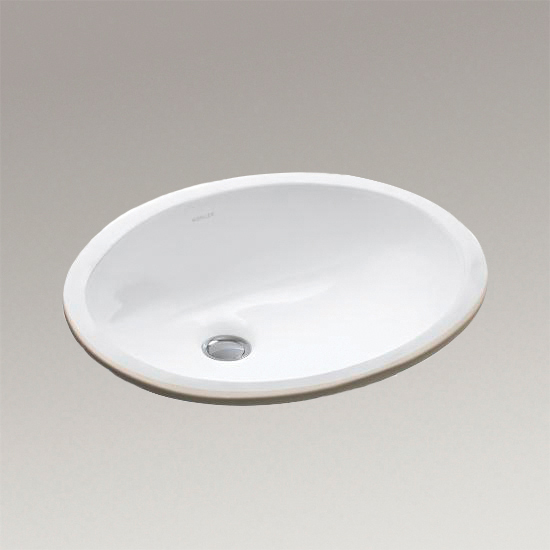
- An under-mount is secured beneath to make the sink less noticeable. This allows your countertop to run smoothly along the length of your counters without being interrupted by metal.
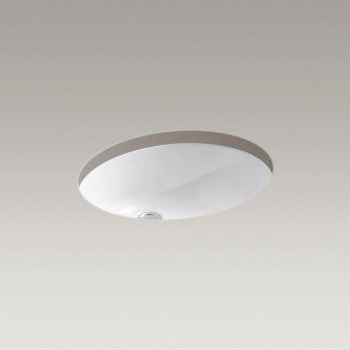
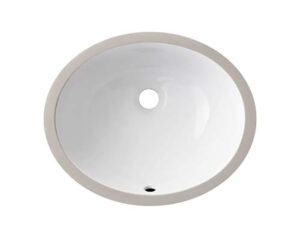
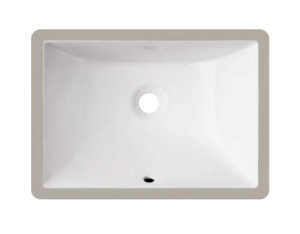
- If you’ve watched a home renovation show in the last decade you’ll be familiar with an apron-front or farmhouse sink. This style protrudes slightly from the edge of the countertop so that you can see it more prominently. It works best with a very sleek sink design. It’s bold but has the potential to make your sink a true focal point in your room.
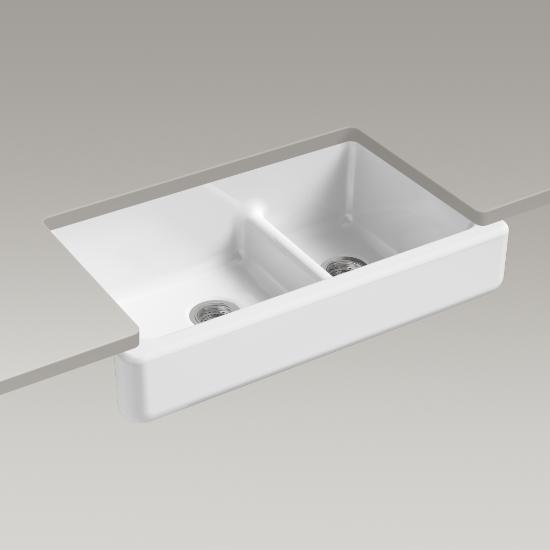
4th Question: And finally, how much do you want it to stand out?
There are few items in your home that are used as frequently as a sink.
For you, is your sink just a place for dirty dishes and washing veggies? That’s okay!
But it can be so much more than that, too.
Shapes, colours, materials – you can play with so many aspects to customize the look, feel and function of your sink.
- If contrast fits your style, check out shiny stainless steel or colourful enamel on cast iron. However please understand that cast iron is notably heavier than other materials and may require additional supports.
- Round sinks can be dramatic but provide less usable workspace.
- Large sinks can be more functional but may require a larger cabinet to install.
Don’t know where to start? That’s why we’re here.
Play with our online kitchen visualizer and test drive how your favorite combinations work together.
And if you need some suggestions or you’re ready to put your plan in motion, contact us for a personalized consultation with our experts, who can provide the best suggestions for your home.
